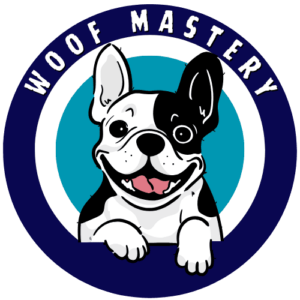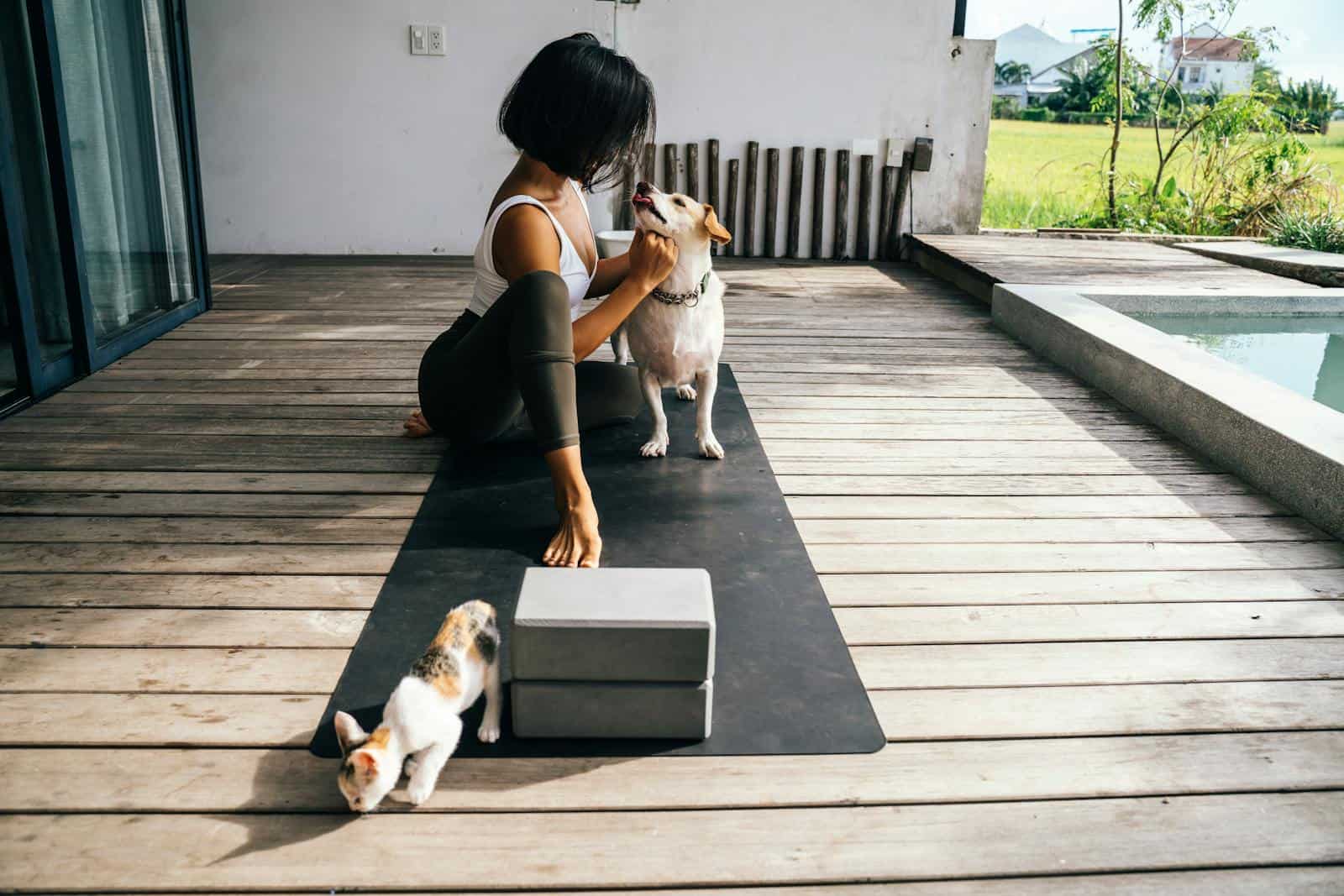Bringing home a new puppy is an exciting and joyful experience. The cute little furball brings so much happiness and love into our lives. However, along with the joy comes the responsibility of training your puppy. Training is an essential part of raising a well-behaved and happy dog. It not only helps in preventing behavioral issues but also strengthens the bond between you and your furry friend.
Key Takeaways
- Starting puppy training early is crucial for their development and behavior.
- Positive reinforcement is the most effective method for training puppies.
- Socialization is important for introducing puppies to new experiences and preventing fear and aggression.
- Basic commands like sit, stay, and come are essential for a well-behaved puppy.
- House training requires consistency and patience, and crate training can be beneficial for both the puppy and owner.
Start Early: The Importance of Puppy Training
Starting training early is crucial for the development of your puppy. Puppies are like sponges, they absorb information quickly and are eager to learn. By starting training early, you can shape their behavior and teach them important skills that will benefit them throughout their lives.
Early training also helps in preventing unwanted behaviors from developing. It sets a foundation for good behavior and establishes boundaries for your puppy. It is much easier to prevent bad habits from forming than to correct them later on.
Positive Reinforcement: The Key to Effective Puppy Training
Positive reinforcement is a training technique that focuses on rewarding desired behaviors rather than punishing unwanted behaviors. It involves using treats, praise, and rewards to reinforce good behavior. This method has been proven to be more effective than punishment-based training.
Positive reinforcement creates a positive association with the desired behavior, making your puppy more likely to repeat it. It also builds trust and strengthens the bond between you and your puppy. Punishment-based training, on the other hand, can lead to fear and anxiety in your puppy, which can result in more behavioral issues.
There are several techniques you can use for positive reinforcement. One of the most common techniques is clicker training, where you use a clicker to mark the desired behavior and then reward your puppy with a treat. Another technique is using verbal praise and treats to reward your puppy when they perform the desired behavior.
Socialization: How to Introduce Your Puppy to New Experiences
| Metrics | Description |
|---|---|
| Socialization | The process of exposing a puppy to new experiences, people, animals, and environments to help them develop into a well-adjusted adult dog. |
| Age | The ideal age to start socializing a puppy is between 3 and 14 weeks old. |
| Exposure | Puppies should be exposed to a variety of experiences, including different people, animals, sounds, smells, and environments. |
| Positive Reinforcement | Using treats, toys, and praise to reward a puppy for good behavior during socialization can help them associate new experiences with positive outcomes. |
| Consistency | Regular and consistent socialization is important to help puppies develop into confident and well-behaved adult dogs. |
| Professional Help | If you are unsure about how to properly socialize your puppy, seek the help of a professional dog trainer or behaviorist. |
Socialization is a critical aspect of puppy training. It involves exposing your puppy to a variety of people, animals, and environments to help them become well-adjusted and confident dogs. Socialization helps in preventing fear and aggression towards unfamiliar situations and individuals.
To introduce your puppy to new experiences, start with gradual exposure. Take them to different places, such as parks, pet-friendly stores, and busy streets. Allow them to interact with other dogs and people in a controlled and positive manner. Always supervise these interactions and ensure that they are positive and safe for your puppy.
It is important to expose your puppy to different sounds, sights, and smells as well. This will help them become familiar with different stimuli and prevent fear or anxiety in the future. Remember to always reward your puppy for calm and confident behavior during socialization sessions.
Basic Commands: Teaching Your Puppy to Sit, Stay, and Come
Teaching your puppy basic commands is essential for their safety and well-being. It also helps in establishing a line of communication between you and your furry friend. The three basic commands every puppy should learn are sit, stay, and come.
To teach your puppy to sit, hold a treat close to their nose and slowly move it upwards. As their head follows the treat, their bottom will naturally lower into a sitting position. Once they are sitting, say the command “sit” and reward them with the treat.
To teach your puppy to stay, start by having them sit. Then take a step back while saying the command “stay.” If they stay in place, reward them with a treat and praise. Gradually increase the distance and duration of the stay as your puppy becomes more comfortable with the command.
To teach your puppy to come when called, start in a quiet area with minimal distractions. Say their name followed by the command “come” in an enthusiastic tone. When they come to you, reward them with a treat and praise. Practice this command in different environments and gradually increase the level of distractions.
House Training: Tips for Potty Training Your Puppy

Potty training can be one of the most challenging aspects of puppy training. However, with patience and consistency, you can successfully potty train your puppy.
Establish a routine for your puppy by taking them outside to the designated potty area at regular intervals, such as after meals, naps, and playtime. Use a command, such as “go potty,” to associate the action with the command. When your puppy eliminates in the correct spot, reward them with praise and a treat.
Accidents are bound to happen during the potty training process. When accidents occur, do not punish your puppy. Instead, clean up the mess and continue with the training. Punishment will only confuse your puppy and may lead to fear or anxiety around potty training.
Leash Training: How to Teach Your Puppy to Walk on a Leash
Leash training is an important skill for every dog to learn. It allows you to have control over your puppy during walks and ensures their safety.
Start by introducing your puppy to the leash in a positive and calm manner. Let them sniff and explore the leash before attaching it to their collar or harness. Once they are comfortable with the leash, start by walking them in a quiet area with minimal distractions.
Hold the leash loosely and walk at a slow pace. If your puppy pulls on the leash, stop walking and wait for them to come back to your side. When they do, reward them with praise and continue walking. Repeat this process until your puppy learns to walk calmly on a loose leash.
Crate Training: The Benefits of Crate Training Your Puppy
Crate training is a valuable tool for both you and your puppy. It provides them with a safe and comfortable space of their own and helps in preventing destructive behaviors when you are not able to supervise them.
To crate train your puppy, start by introducing them to the crate in a positive manner. Place treats and toys inside the crate to encourage them to explore. Gradually increase the amount of time your puppy spends in the crate, starting with short periods and gradually working up to longer durations.
Make the crate a positive and comfortable space for your puppy by placing their bed or blanket inside. Avoid using the crate as a form of punishment, as this can create negative associations with the crate.
Dealing with Bad Habits: How to Correct Unwanted Behaviors
Puppies, like children, can develop bad habits. It is important to address these behaviors early on to prevent them from becoming ingrained.
One common bad habit in puppies is chewing on furniture or household items. To correct this behavior, provide your puppy with appropriate chew toys and redirect their attention whenever they start chewing on something they shouldn’t. Consistency is key in correcting this behavior.
Another common bad habit is jumping up on people. To discourage this behavior, ignore your puppy when they jump up and only give them attention when all four paws are on the ground. Reward calm and polite behavior with praise and treats.
Training Tips for Specific Breeds: Understanding Your Puppy’s Unique Needs
Different breeds have different needs when it comes to training. Some breeds are more energetic and require more exercise, while others may be more independent and require additional socialization.
Research your puppy’s breed to better understand their unique needs and characteristics. This will help you tailor your training approach to suit their specific needs. For example, a high-energy breed may benefit from additional exercise and mental stimulation, while a more independent breed may require extra socialization to prevent separation anxiety.
Consistency and Patience: The Two Most Important Factors in Puppy Training
Consistency and patience are the two most important factors in puppy training. Consistency means sticking to a routine and using the same commands and techniques consistently. This helps your puppy understand what is expected of them and reinforces the desired behaviors.
Patience is key when it comes to training your puppy. Remember that they are still learning and may make mistakes along the way. Stay calm and positive, and avoid getting frustrated or angry. Training takes time and effort, but the results are well worth it.
Training your puppy is an essential part of raising a well-behaved and happy dog. Starting early, using positive reinforcement, socializing your puppy, teaching basic commands, potty training, leash training, crate training, and addressing bad habits are all important aspects of puppy training.
Remember to be consistent and patient throughout the training process. Each puppy is unique, so take the time to understand their individual needs and tailor your training approach accordingly. With time, effort, and lots of love, you can raise a well-behaved and obedient companion for life.
For further reading on puppy training, there are many resources available such as books, online courses, and professional trainers who can provide guidance and support.
If you’re looking for expert advice on dog training tips for puppies, look no further than Woof Mastery. Their blog is a treasure trove of valuable information and resources to help you train your furry friend. One article that caught my attention is their comprehensive guide on crate training for puppies. Crate training can be a useful tool in teaching your puppy good behavior and providing them with a safe and comfortable space.
FAQs
What is puppy training?
Puppy training is the process of teaching a young dog basic obedience commands and socialization skills to help them become well-behaved and well-adjusted adult dogs.
When should I start training my puppy?
Puppy training should begin as early as possible, ideally when the puppy is between 8 and 12 weeks old. This is the time when puppies are most receptive to learning and socialization.
What are some basic commands I should teach my puppy?
Some basic commands to teach your puppy include sit, stay, come, down, and heel. These commands will help your puppy learn to obey and respond to your commands.
What are some effective training techniques for puppies?
Effective training techniques for puppies include positive reinforcement, consistency, and patience. Rewarding good behavior with treats or praise can help reinforce positive behaviors, while consistency and patience can help your puppy learn and retain new commands.
How long does it take to train a puppy?
The length of time it takes to train a puppy can vary depending on the breed, temperament, and individual dog. However, with consistent training and patience, most puppies can learn basic obedience commands within a few weeks to a few months.
What are some common mistakes to avoid when training a puppy?
Common mistakes to avoid when training a puppy include using punishment or physical force, inconsistent training, and expecting too much too soon. Punishment or physical force can cause fear and anxiety in your puppy, while inconsistent training can confuse your puppy and make it harder for them to learn. Expecting too much too soon can also be frustrating for both you and your puppy.



